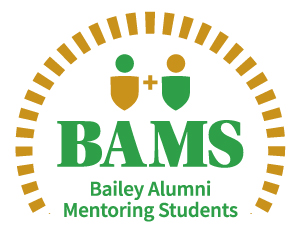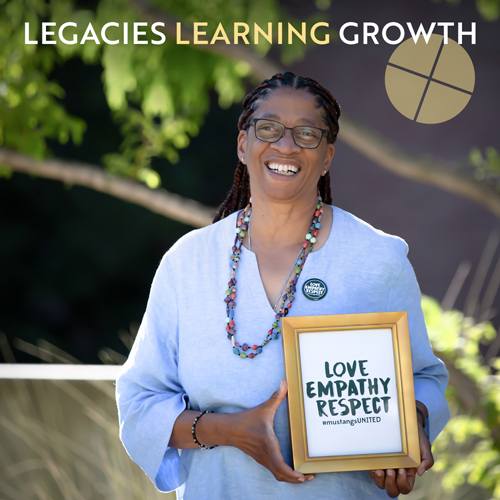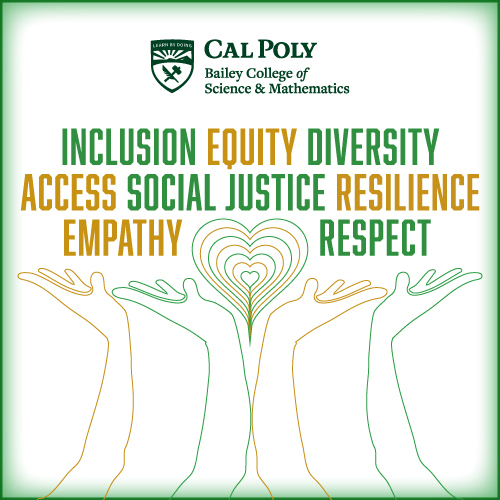Physics Alumnus Keeps World's Largest Telescope Running
November 19, 2013
Contact: Rachel Henry
805-756-7236; rrhenry@calpoly.edu

Mike Pollard and his tractor on his farm in Honokaa, Hawaii.
Aside from being a proud member of the League of Physicists Who Own Tractors, Mike Pollard (B.S., Physics, 1998) is the senior engineer in the Technical Services Department at W. M. Keck Observatory, home to the two largest and most scientifically productive optical and infrared telescopes in the world. Set atop Hawaii's Mauna Kea volcano, Keck Observatory's 10-meter-diameter mirrors allow the world's top physicists to take advantage of the clear, dark atmosphere above the island. All areas of astronomy and astrophysics research have greatly benefited from the observatory.
Below Pollard talks about working at Keck Observatory and how Learn by Doing has influenced his life.
Q: What's exciting about working at Keck?
A: Try positioning a 300-ton structure within fractions of a human hair and then moving it precisely so that it stays pointed at the same little point in space for minutes and sometimes hours so that photons that have been traveling since the beginning of time can be collected and analyzed in order to understand the story of the universe — aren’t you excited now?
Q: What are your favorite parts of the job?
A: Apart from knowing that I'm a part of some of the most profound scientific discoveries on the planet, my favorite part of the job is working with a bunch of great people. On the technical side, pretty much everything I do here is an application of what I learned in the Physics Department, and I thoroughly enjoy it.
Q: How did your Learn by Doing experiences at Cal Poly prepare you for this job and life after Cal Poly?
A: Here's a plug for my advisor at Cal Poly who had a very strong influence on me and my career path, whether he knows it or not. Dr. Ron Zammit's classes were always my favorite because they were a good balance of theory and hands-on practice. Developing hands-on skills has always given me an edge, from growing up under my dad’s (Ken Pollard, B.S. Crop Science, 1967) tutelage on the farm and building tractor implements to getting my hands dirty in the labs in the Physics Department.
Q: What are some of your fondest Learn by Doing memories?
A: Growing superconducting material with Dr. Chance Hoellwarth, and being a part of Dr. Dustin Froula's sonoluminescence projects and experiments. Hanging out in h-bar and geeking out on physics was also a lot of fun and actually very productive to my learning experience.
Q: Anything else you want to tell current students or fellow alumni?
A: More important than being the smartest or brightest in your field is developing relationships and respect for your fellow students and colleagues. Always listen carefully and don't discount any idea, no matter how far-fetched, because it might just be the missing piece of the problem you're trying to solve.
Go Mustangs!




